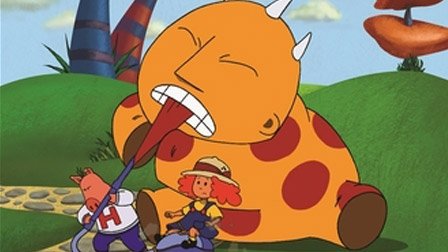The 8-Minute Rule for From Cute to Ferocious: The Evolution of Animal Defense Mechanisms

The Psychology Responsible for Ferocious Behavior in Humans and Creatures

Savage actions is a usual trait shared by each humans and animals. It is frequently defined through harsh aggressiveness, physical violence, and an rigorous need to dominate others. While ferocity can be displayed in lots of different means, it ultimately contains from the same mental mechanisms that steer us to shield ourselves or claim our supremacy over others.
In humans, ferocity is usually linked to a assortment of aspects such as socialization, upbringing, and culture. Children who are exposed to brutality or aggression at a younger grow older are more probably to come to be threatening themselves as they grow much older. Likewise, individuals who come coming from lifestyles that market value competitors and authority over cooperation and empathy are much more most likely to show furious behavior.
One of the essential emotional aspects that contribute to ferocity in humans is the need for power and management. Numerous folks who show intense or aggressive actions do thus because they really want to claim their prominence over others or acquire some form of electrical power or standing. This can easily be viewed in everything from schoolyard bullying to political power problem.
An additional variable that provides to ferocity in humans is worry. When folks feel intimidated or vulnerable, they may lash out with aggression as a means of self-defense. This can be found in scenarios where individuals feel intimidated by folks of various ethnicities, faiths, sex-related positionings, or other attributes.
In creatures, ferocity is steered largely through impulses that have advanced over millions of years of all-natural selection. For example, predators such as cougars and tigers have evolved powerful mouths and sharp paws especially for hunting target. Likewise, many animals have created elaborate defense mechanisms such as stingers or venomous bites that enable them to defend themselves from predators.
While concern may also participate in a duty in pet aggressiveness – for instance when an creature feels endangered by another species trespassing on its territory – a lot of their habits is steered simply through instinctual responses refined through manies thousand of years of progression.
Despite the distinctions between human and pet ferocity, there are actually some commonness in the rooting psychological science that drives these behaviors. For instance, both human beings and animals may display aggressiveness in feedback to recognized risks or infractions of their territory or social condition. In a similar way, both might make use of hostile habits as a means of claiming dominance over others.
At the same opportunity, there are actually additionally vital differences in how we understand and react to ferocity in human beings and animals. While we may look at creature aggressiveness as a organic component of their survival approaches, individual aggressiveness is usually viewed as a moral failing or mental problem that require to be dealt with with therapy or various other treatments.
In numerous cases, nonetheless, understanding the psychological science behind furious habits can easily aid us a lot better address it and avoid its damaging outcomes. Through acknowledging the rooting inspirations for hostile actions – whether they stem coming from fear, socializing, or desire for power – we can operate to deal with those origin causes rather than simply disciplining individuals for their activities.
For instance, investigation has presented that early assistance plans intended at resolving youth trauma can easily assist minimize prices of violent crime later on in life. Likewise, initiatives to market sympathy and participation somewhat than competitors and control may aid minimize cases of vicious actions in culture even more extensively.
Ultimately, while relentless actions is a intricate phenomenon along with several various causes and manifestations, understanding its underlying psychological science is crucial if we really hope to stop its adverse consequences. Through working to address Look At This Piece whether they stem coming from private encounters or broader social factors – we can develop a more secure and much more relaxed world for all of us.
